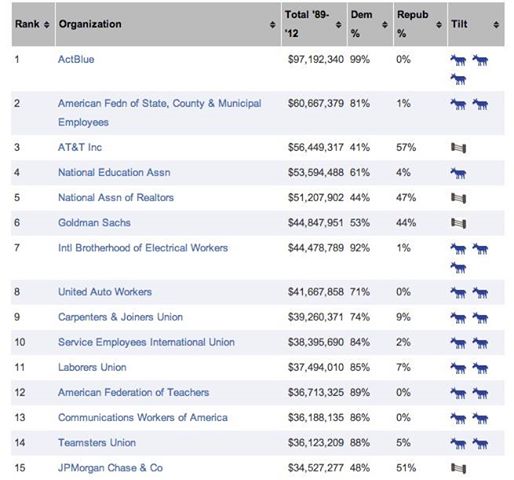Strategy Page discusses the problems of predicting the future … which isn’t just a task for science fiction writers:
How will warfare change in the next 30 years? Military leaders, and the people they protect, are always trying to figure this out. There’s an easy way to get some good insight on the future. Simply go back 120 years (1894) and note the state of warfare and military technology at the time, then advance, 30 years at a time, until you reach 2014. At that point, making an educated guess at what 2044 will be like will like will be, if not easy, at least a lot less daunting.
In 1894, many infantry were still using single shot black powder rifles. Change was in the air though, and the United States had just begun to adopt the newfangled smokeless powder, a few years after it became widely available. In 1894 American troops were still replacing their black power rifles with a smokeless powder model (the Krag-Jorgensen). The modern machine-gun had been invented in 1883 but armies took about two decades before they began adopting them on a large scale. Most artillery was still short ranged, not very accurate, and could only fire at targets the crew could see. Horses pulled or carried stuff and the infantry marched a lot when they were not being moved long distances by railroad or steamships. But the modern, quick-firing artillery was recently introduced and still unproven in battle. Communications still relied on the telegraph, a half century old invention that revolutionized, in only a few decades, the way commanders could talk to each other over long distances. They could now do it in minutes. This was a big change for warfare. Very big. At this time telephones were all local and not portable. Cavalry was still important for scouting, although less useful for charging infantry (a trend that began when infantry got muskets with bayonets two centuries earlier).
[…]
So what does this portend for 2044? Faster and deadlier, for sure. Information war will be more than a buzzword by then because better sensors and data processing technology will make situational awareness (knowing where you and your enemy are, knowing it first, and acting on it before the other guy does) more decisive than ever.
If the expected breakthrough in batteries (fuel cells) evolves as reliably and cheaply as expected, the 2040s infantryman will be something of a cyborg. In addition to carrying several computers and sensor systems, he might wear body armor that also provides air conditioning. Satellite communications, of course, and two way video. Exoskeletons are already in the works and may mature by then. A lot depends on breakthroughs in battery tech although engineers are also finding to do more with just a little juice. Historians tend to constantly underestimate the cleverness of engineers and inventors in general.
But the big new development will be the continued evolution of robotic weapons. The World War II acoustic torpedo (used by the Germans and the allies, from subs as well as the air) was the first truly robotic weapon. You turned it lose and it would hunt down its prey and attack. There may be a lot of public uproar over land based systems that have sensors, can use them to hunt, and have weapons that can be used without human intervention. But those systems will be easy and cheap to build by 2044, and as soon as one nation builds them others will have to follow. By 2044, machines will be fighting other machines more often than they will be looking for the stray human on the battlefield.
But there will be other developments that are more difficult to anticipate. In 1894 most of the 1924 technologies were already known in a theoretical sense. Same with the 1954 technologies in 1924 and so on. What is most difficult to predict is exactly how new tech will be employed. There will be imagination and ingenuity involved there, and that sort of thing is, by its very nature, resistant to prediction.




